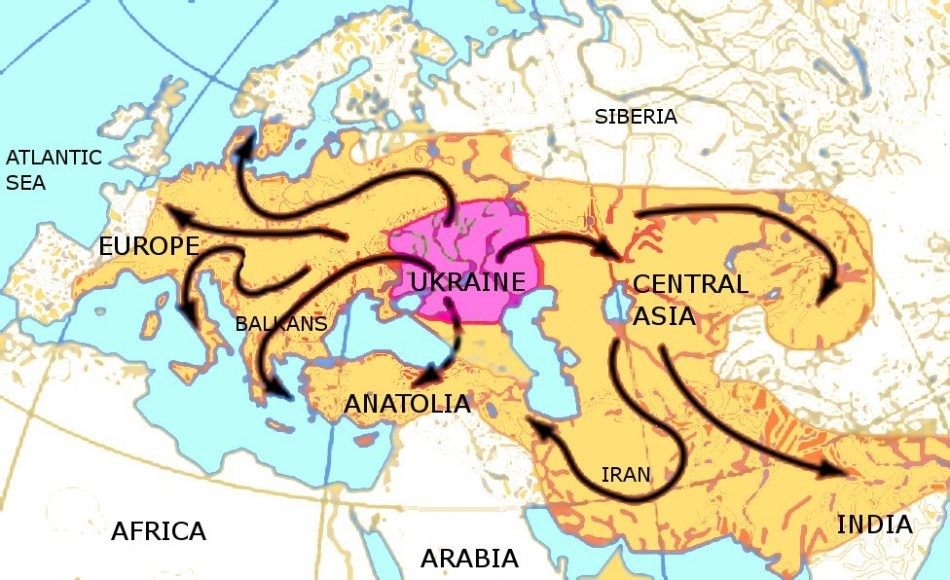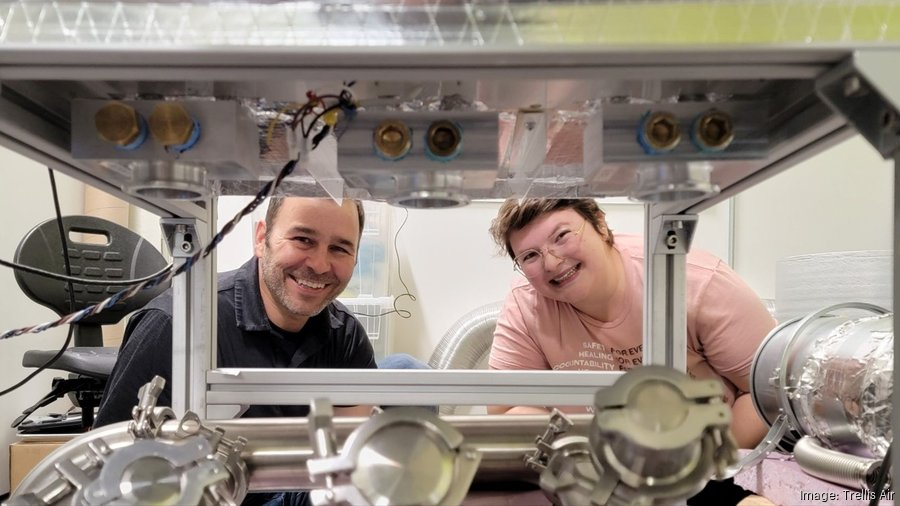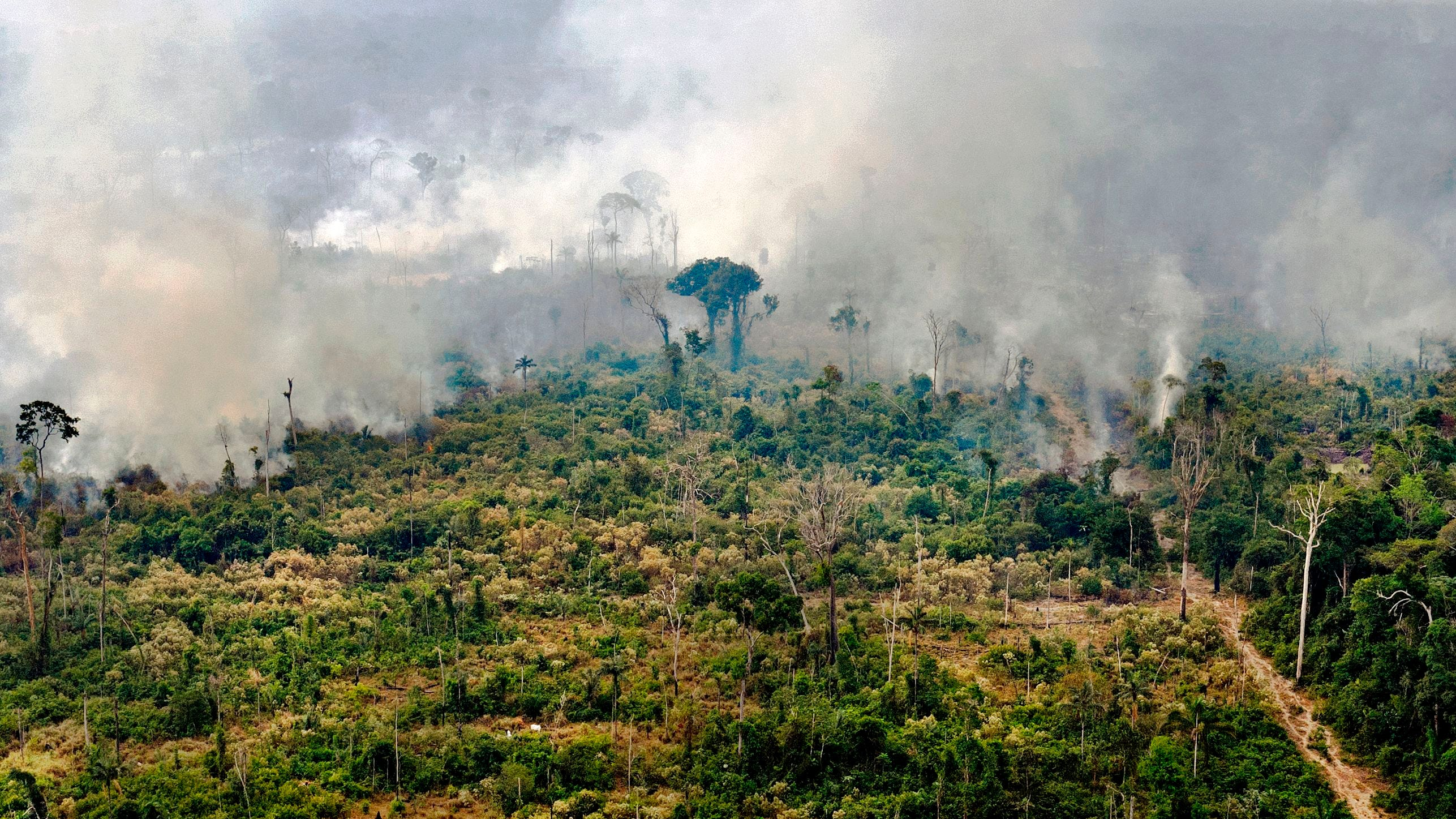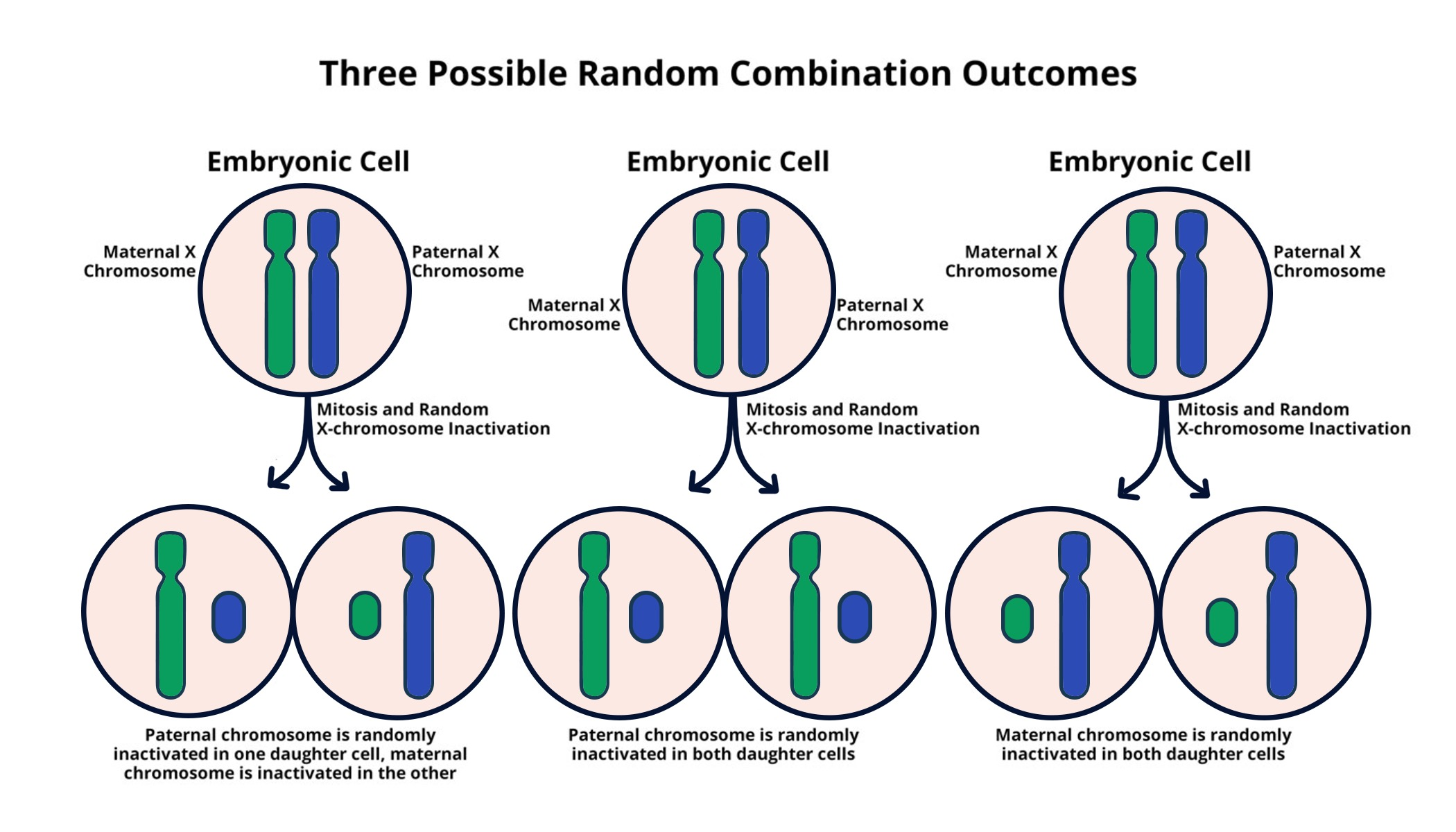The origin of Indo-European languages has long been a topic of intrigue and scholarly pursuit, with recent landmark studies shedding light on this ancient linguistic family. Spoken by more than 40 percent of the global population today, these languages can trace their roots back to a group of people residing in the Caucasus Lower Volga region around 6,500 years ago. Genetic studies conducted by renowned researchers pinpoint the Yamnaya people as pivotal in spreading this ancestral tongue across vast territories, from the steppes of Eastern Europe to the Indian subcontinent. The findings not only underscore the significance of the Yamnaya as ancestors of Indo-Europeans but also highlight the intricate interplay of culture and language in human history. This research contributes valuable insights to historical linguistics, unraveling the complexities of languages that have impacted civilizations worldwide.
The exploration of the roots of language families reveals an intricate tapestry of human migration and cultural exchange. Often referred to as the Eurasian language family, the linguistic ties that bind over 400 languages today can be traced back to ancient populations that roamed vast steppes and valleys. Scholars have long sought to understand the initial speakers of this proto-language, commonly associated with the Yamnaya culture and linked to genetic studies that connect early Europeans and their descendants. As we delve into the origins of these ancient tongues, understanding the migrations and interactions of early inhabitants sheds light on the evolution of language and the societies that shaped our world.
The Origins of Indo-European Languages
The Indo-European language family is one of the most widely spoken groups of languages in the world, encompassing over 400 distinct tongues. Recent genetic studies have shed light on the origins of these languages, tracing their roots back to the Caucasus Lower Volga region in present-day Russia approximately 6,500 years ago. This revelation is significant as it provides a clearer picture of how ancient peoples communicated and interacted, helping scholars to understand the cultural and linguistic exchanges that led to the proliferation of these languages across Europe and parts of Asia.
The connection between language and genetics is an emerging field of research, where historical linguistics plays a crucial role in deciphering these links. As researchers study the migration patterns of the Yamnaya people and others from the Eurasian steppes, they are piecing together the narrative of how language spread. The findings not only suggest a migration from the steppes but also point to a complex interplay of cultural exchanges between indigenous populations and new arrivals, ultimately shaping the diverse linguistic landscape we encounter today.
Caucasus Lower Volga and the Yamnaya People
The Caucasus Lower Volga people, identified through groundbreaking genetic studies, are believed to be the ancestors of the Yamnaya, a nomadic pastoralist group known for their significant cultural impact on the spread of Indo-European languages. The genetic evidence highlights a rich tapestry of interaction between these ancient peoples and their environment, specifically within the fertile landscapes of the steppe. The Yamnaya people were noted for their innovations in agriculture and animal husbandry, which played a pivotal role in their ability to traverse vast distances.
By harnessing resources from the Eurasian grasslands, the Yamnaya emerged as key players in the dissemination of proto-Indo-European languages. Their migratory practices, alongside their advances in wheeled transport, facilitated not only the spread of their language but also their cultural practices. This melding of genetics, language, and archaeological evidence paints a comprehensive picture of how the Yamnaya influenced various regions, including the migration paths that extended as far west as Ireland and east into the Indian subcontinent.
Furthermore, the burial practices of the Yamnaya people, such as kurgans (mounded tombs), connect their cultural identity to that of the Caucasus Lower Volga. These burial traditions have led to numerous archaeological discoveries that highlight the Yamnaya’s societal structures and beliefs, offering further insights into their role in the early Indo-European linguistic framework. Without these practices, our understanding of this crucial phase in human history would be significantly limited.
Genetic Studies and Historical Linguistics
Genetic studies have revolutionized our understanding of how languages may have spread through ancient populations. Historical linguistics, which seeks to trace the evolution of languages over time, has found new allies in genetic research, allowing for a more nuanced understanding of migration and mingling between different cultures. The recent findings from DNA analysis of ancient populations have provided compelling evidence for the theorized connections between various Indo-European languages and their speakers.
By integrating genetic data with linguistic and archaeological findings, researchers can now outline a more vivid picture of human history. This convergence of disciplines has unveiled the genetic lineage of modern Europeans, revealing that many are descendants of the Yamnaya and related groups who played a foundational role in establishing the Indo-European language family. As studies move forward, the hope is to uncover even deeper insights into how these languages have evolved and influenced contemporary linguistic practices.
The Role of the Yamnaya in Spreading Indo-European Languages
The Yamnaya culture is fundamental in understanding the spread of Indo-European languages, serving as a bridge between different cultures across the vast Eurasian landscape. As identified in recent research, these nomadic groups were not just carriers of language; they were also vessels of cultural knowledge, innovations, and social structures that influenced numerous regional dynamics. By tracing the Yamnaya’s migrations and their interactions with neighboring societies, we gain insight into the larger frameworks of human connection and development.
As they migrated from their homeland, the Yamnaya encountered diverse groups and adapted their languages and customs, leading to the rich sedimentation of linguistic elements we observe today across various Indo-European languages. This cultural amalgamation, underscored by genetic interchange, highlights how language is an integral component of collective identity and evolution, shaping societies as much as they shape languages.
Cross-Cultural Exchanges and the Evolution of Language
Cross-cultural exchanges significantly impacted the evolution of languages, particularly during the periods of migration seen with the Yamnaya and their contemporaries. As these groups interacted with local populations, they not only exchanged goods but also ideas, customs, and linguistic elements. This cultural dialogue contributed to the linguistic diversity evident in contemporary Indo-European languages, fostering an environment of hybridization and innovation.
These interactions illustrate the language’s fluidity and adaptability, suggesting that languages are living entities influenced by the dynamics of cultural exchange. The Yamnaya’s role as intermediaries in the spread of language corresponds to the adaptation and evolution of languages over time, blurring the lines between separate linguistic groups and creating new dialects. Understanding these exchanges provides a foundation for appreciating the complexity of modern linguistic landscapes.
Ancient Languages and Modern Implications
The study of ancient Indo-European languages extends beyond mere historical interest; it has profound implications for contemporary linguistics and cultural studies. Understanding the origins and development of these languages can inform our perspectives on migration, integration, and cultural identity in today’s increasingly interconnected world. Genetic studies pave the way for reevaluating our assumptions about language lineage and the shared heritage of diverse linguistic communities.
As scholars continue to analyze the intricate relationships between genetics and language evolution, the insights gleaned from ancient populations like the Yamnaya provide a roadmap for understanding language dynamics. It emphasizes not only the importance of genetic ancestry but also the socio-cultural factors that contribute to language change, diversity, and preservation, ultimately enriching our comprehension of human communication as a shared social endeavor.
Genealogical Links Between Populations
The genealogical links uncovered between the Caucasus Lower Volga people and the Yamnaya provide critical insights into the historical flow of populations across Eurasia. DNA evidence has affirmed that the interactions between these groups were not simply a series of isolated events but rather a complex tapestry of migrations and intermingling. These connections are pivotal for understanding how languages evolved and diversified over millennia.
As the evidence mounts, it becomes increasingly clear that the ancestry of the Yamnaya and their influences extend beyond just genetic inheritance; they are fundamental to the narrative of human migration and the evolution of linguistic traditions. The ongoing research into these genealogical links serves as a robust framework for future studies, offering fresh avenues for exploring the rich interplay between genetics and cultural evolution.
Linguistic Reconstruction and Archaeological Evidence
Linguistic reconstruction plays a vital role in understanding the development of languages, particularly in conjunction with archaeological evidence. The hypotheses surrounding the Indo-European languages have been bolstered by new archaeological findings that support the existence of the Yamnaya as key figures in the evolution of these tongues. The ability to correlate linguistic reconstructions with physical evidence from archaeological sites has significantly advanced our comprehension of the past.
Through collaborative efforts of linguists and archaeologists, a clearer picture is emerging of how ancient populations communicated and shared their cultural heritage. This synergy between linguistic theories and tangible discovery underscores the importance of interdisciplinary approaches in unraveling the rich history of human language and society.
The Impact of Modern Research on Understanding Ancient Civilizations
Modern research methodologies, including genetic testing and advanced data analysis techniques, have transformed our understanding of ancient civilizations, particularly those related to the Indo-European languages. By unveiling the genetic profiles of these ancient peoples, researchers can now reconstruct population dynamics with unprecedented accuracy, mapping how ancient cultures interacted, evolved, and gave rise to later societies.
The collective efforts of geneticists, historians, and linguists not only enrich our understanding of these ancient civilizations but also emphasize the continuity in human history. As we uncover links from the Yamnaya culture to modern populations, it reinforces the notion that language and culture are perennial forces, shaping human experience throughout time.
Frequently Asked Questions
What is the origin of the Indo-European languages according to recent genetic studies?
Recent genetic studies trace the origin of Indo-European languages to the Caucasus Lower Volga people, located in present-day Russia around 6,500 years ago. These studies suggest that this group of early speakers, related to the Yamnaya people, played a crucial role in the dissemination of the Indo-European languages across Europe and Asia.
How did the Yamnaya people contribute to the spread of the Indo-European languages?
The Yamnaya people, identified as prominent ancestors of the Indo-Europeans, were nomadic pastoralists known for their advanced herding practices and mobility. They began to spread their languages about 5,000 years ago from the steppes of Russia all the way to regions including Mongolia and Ireland, significantly influencing the linguistic landscape of these areas.
How do genetic studies support the theory of the Caucasus Lower Volga people’s role in Indo-European language origins?
Genetic analyses have uncovered direct links between the Caucasus Lower Volga people and both the Yamnaya culture and ancient Anatolian speakers. These findings provide a unified genetic picture that supports the theory that these groups were instrumental in the development and dissemination of Indo-European languages.
What archaeological evidence supports the existence of the Yamnaya people in relation to Indo-European languages?
The Yamnaya people are evidenced through archaeological findings such as kurgans, which are large burial mounds that signify their cultural practices. These structures, found in the steppes of Russia, alongside linguistic reconstructions, link them directly to the ancestral language of the Indo-Europeans.
What is the significance of the recent research on Indo-European languages in historical linguistics?
The recent research sheds light on the origins and migrations of Indo-European languages, linking them to the genetic ancestry of the Caucasus Lower Volga people. This represents a breakthrough in historical linguistics by providing a genetic framework to understand how these languages evolved and spread over thousands of years.
How did the Caucasus Lower Volga people influence modern languages?
The Caucasus Lower Volga people are considered the foundational speakers of the ancestor language of the Indo-European family. Their migrations and interactions with local populations facilitated the development of numerous modern languages, which today encompass over 400 languages spoken by more than 40% of the world’s population.
What role did cultural practices play in the spread of Indo-European languages?
Cultural practices, including burial customs like kurgan construction, were significant in maintaining the social structure of the Yamnaya people. Their way of life and the innovations they introduced, such as ox-driven wagons, helped facilitate their expansion and the spread of the Indo-European languages.
| Key Points | Details | |
|---|---|---|
| Origin of Indo-European Languages | Identified as stemming from Caucasus Lower Volga people in Russia, 6,500 years ago. | |
| Research Publication | Published in *Nature* journal by researchers including Nick Patterson, Iosif Lazaridis, and David Reich. | |
| Methodology | Utilized DNA evidence to trace origins and migrations of Indo-European language speakers. | |
| Cultural Significance | The study connects genetic evidence with cultural practices like kurgan burials. | |
| Demographic Impact | Yamnaya people, identified as key speakers, spread across vast regions influencing various populations and languages. | |
| Collaboration Among Scholars | Research involved collaboration despite challenges posed by the ongoing war in Ukraine. | |
Summary
The origin of the Indo-European languages has been traced back to the Caucasus Lower Volga people over 6,500 years ago in what is now Russia. This discovery is pivotal as it not only fills gaps in our understanding of language evolution but also illustrates the intricate tapestry of human migration and cultural exchange that shaped modern societies. By analyzing ancient DNA, researchers have mapped the demographic and linguistic shifts that occurred as these pioneering peoples spread across Europe and into parts of Asia, establishing the foundation for many languages spoken today. This breakthrough enhances our comprehension of the past and its influence on present-day languages and cultures.









